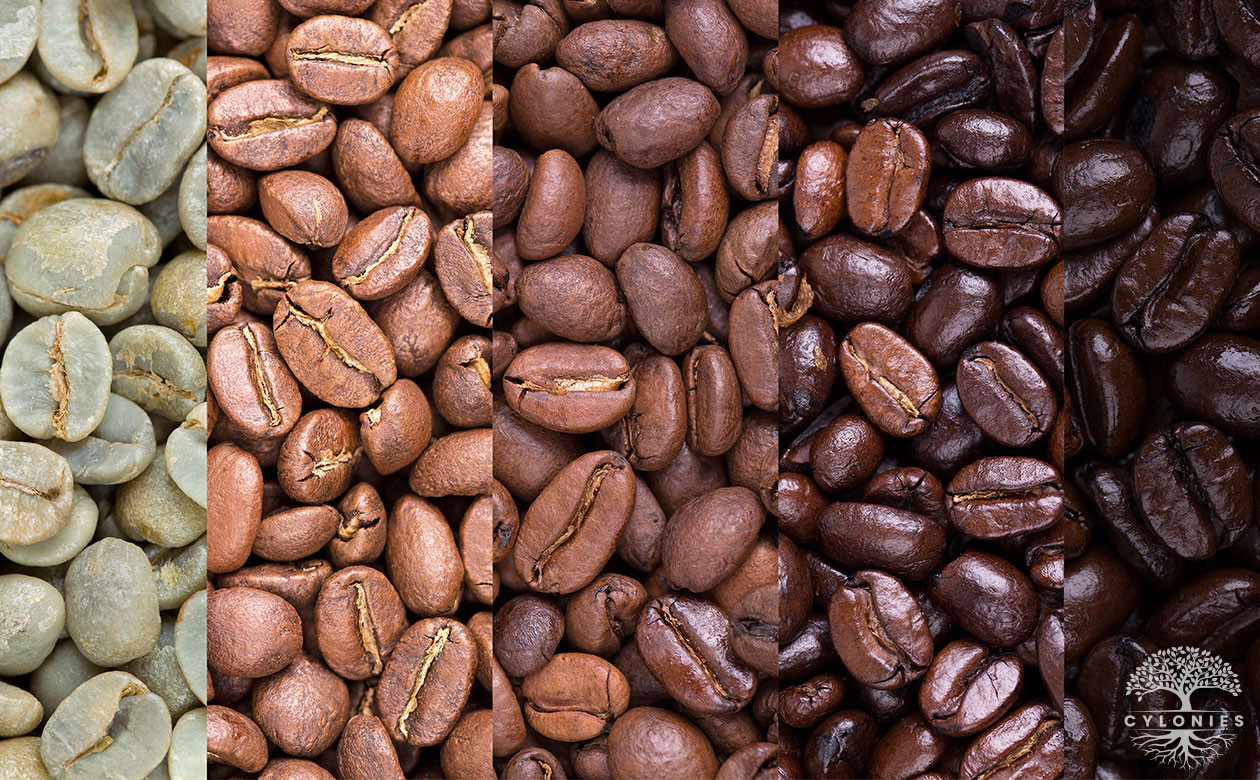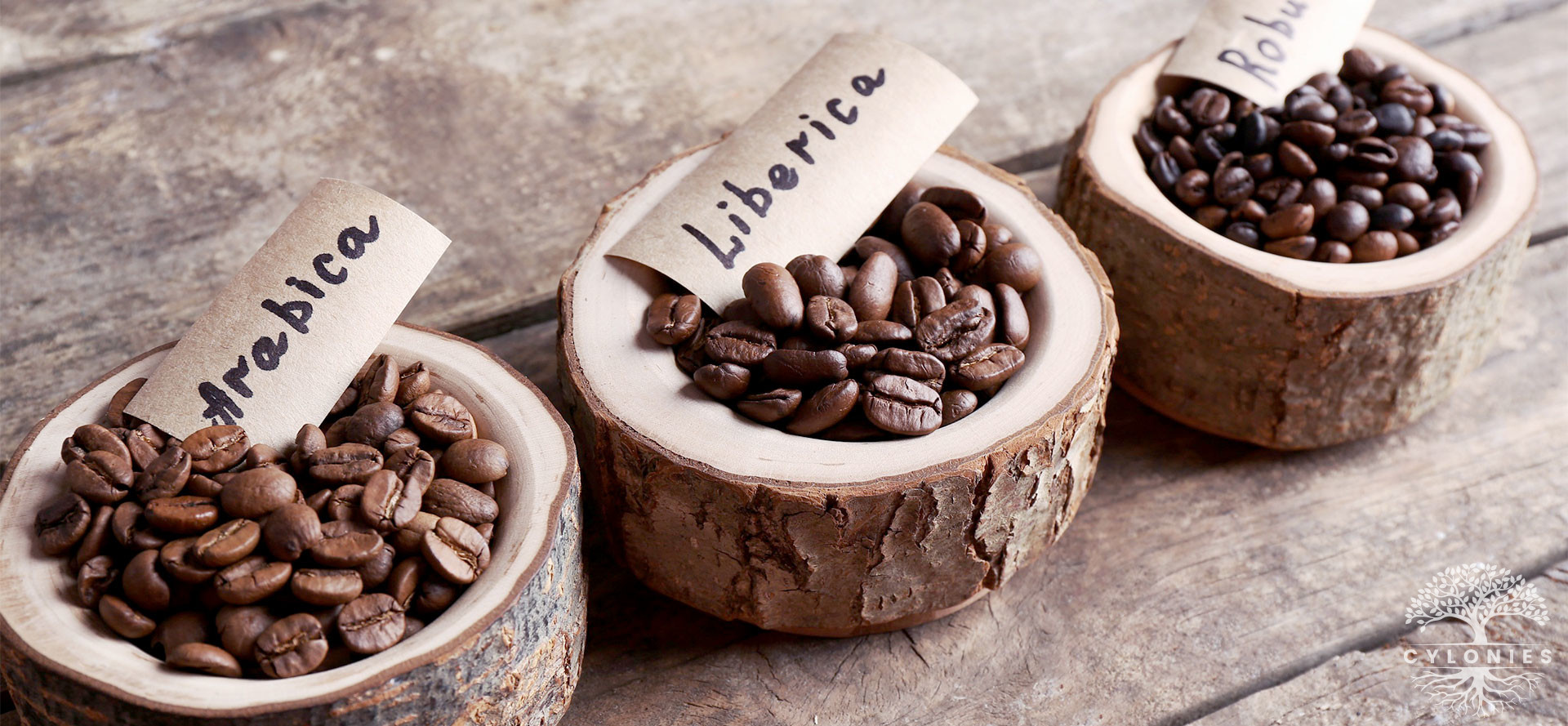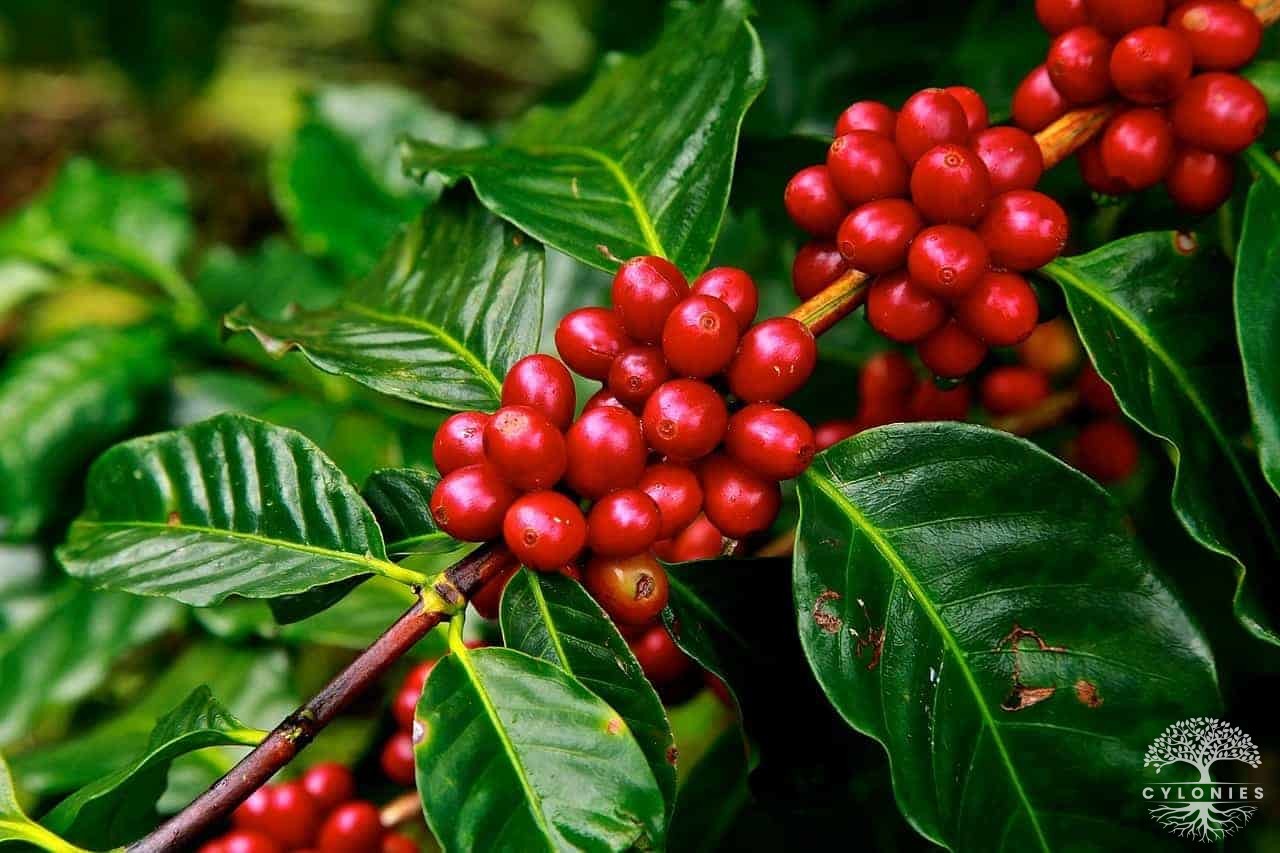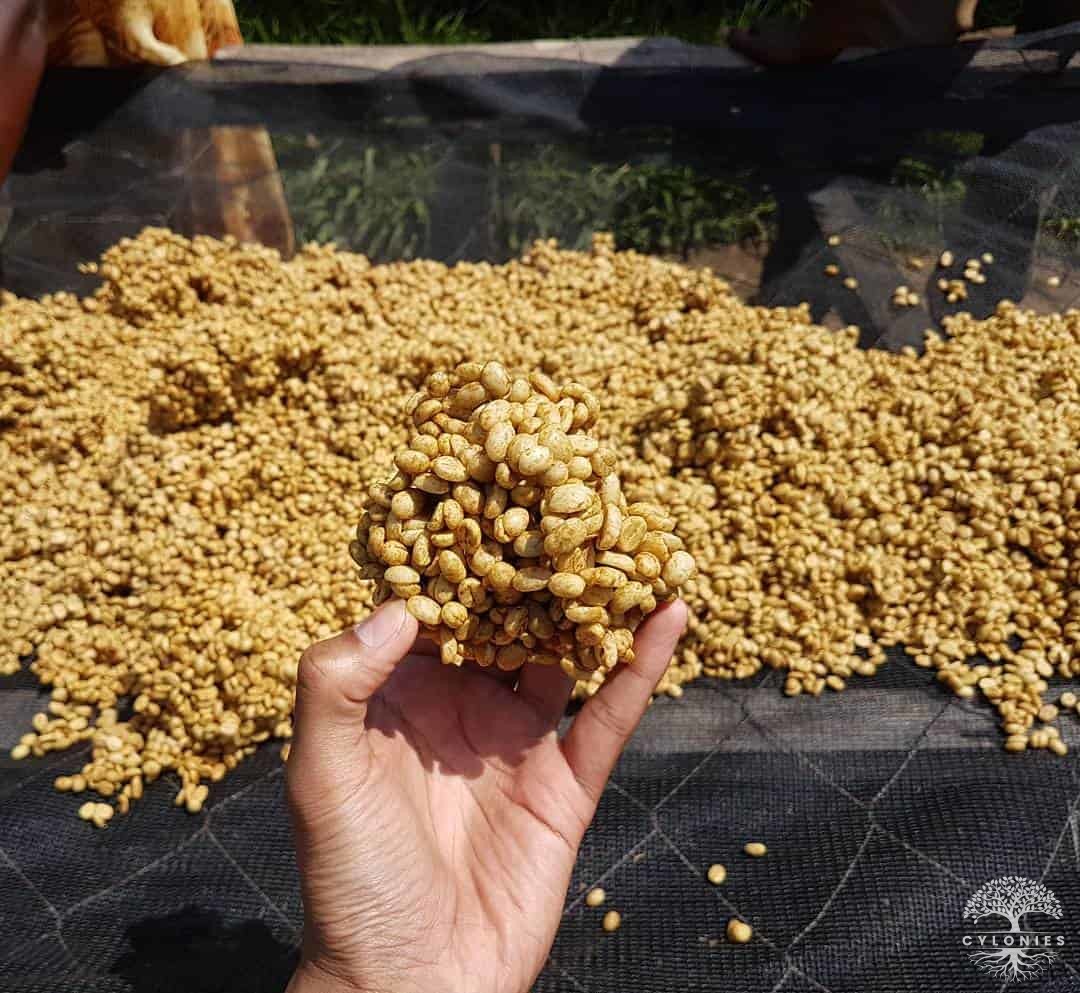Unveiling the Aromatic Majesty of Ceylon Cloves
Apr 22, 2024

Coffee, without a doubt, gives you the finest sensation of any beverage.
Coffee is a brewed drink made from roasted coffee beans, which are the seeds of berries from the Coffea genus. The seeds of the coffee berry are separated to generate a stable, raw product: unroasted green coffee. The seeds are then roasted, resulting in a consumable product: roasted coffee, which is crushed into tiny particles that are commonly steeped in hot water before being filtered out, yielding a cup of coffee!

The berries from which coffee is extracted are produced by several types of shrubs of the genus Coffea. Coffea canephora (predominantly a 'robusta' variant) and C. arabica are the two most important commercially produced species. The most highly regarded species, C. arabica, is native to Ethiopia's southwestern highlands, Sudan and Kenya. C. canephora is found in western and central Sub-Saharan Africa. C. liberica, C. stenophylla, C. mauritiana and C. racemosa are less common species.

Many various ways are used to process coffee for the world's best coffees. Wet Processing (Washed), Dry Processing (Natural, Sun Dried), Pulped Natural Processing, and Semi-Washed Processing are the four types of processing processes.
Farmers select the processing method most suited to their climate and capabilities, such as whether they have a lengthy, dry season to allow for dry processing or an abundant water supply due to a high tropical environment, as well as how much manpower they have access to.

Wet processing (washed) entails soaking the coffee cherries and allowing fermentation to occur to separate the cherry from the bean - alternatively it can be run through a mechanical depulper to remove the coffee cherries. After the green coffees are removed, they are cleaned again to eliminate residue and dried on a patio or raised beds outside.
The resulting coffee has a more "pure" flavor than other procedures since it is undisturbed by the coffee cherry.
Dry processing is a method of coffee processing that involves drying freshly picked coffee cherries (fruit) in the sun on large patios for an extended period of time while repeatedly raking and turning the drying cherry until the green coffee beans are generally free of any dried fruit and the moisture content is around 10.5 percent. Instead of sun-drying, mechanical dryers can be employed.
The dried fruit is then either discarded as waste or, if facilities are available, processed into coffee flour.
While this procedure gives the coffees unique aromas, it is also a risky investment because it requires a minimum of two weeks without sun to allow for drying. Rain or excessive humidity promotes the growth of molds and fungus, which can spoil a harvest and, in some cases, a farmer's whole income.
Because of the fruit fragments left in with the coffee beans, brewed coffee with the dry processing method has greater body than wet-processed coffee.
Dry processing is sometimes referred to as "semi washed," "dry milled," or "honey coffee."

The pulped natural or "semi dry" technique involves removing different sections of the coffee cherry - it is a hybrid of wet and dry processing. These different amounts have recently been dubbed "black honey," "red honey," and "yellow honey," with more of the coffee cherry left on the outside resulting in more caramelization and a deeper color. Less coffee cherry, on the other hand, indicates less sweetness and a lighter hue.
Using this approach, coffees are pulped at the farm to remove the parchment and mucilage before being shipped to the processing facility. In Indonesia, this is known as "Giling Basah" (wet grinding).
Within a country, processing methods are often passed down through generations, with current farmers doing things that are similar to what their dads, grandfathers, and so on did. Government organizations and international coffee organizations will occasionally step in to provide alternate methods or share their knowledge, which helps boost industry standards.
Various sorts of coffee can refer to a variety of things:
The variety of coffee plant
The degree of roasting
The brewing procedure used
The types of drinks made with coffee
